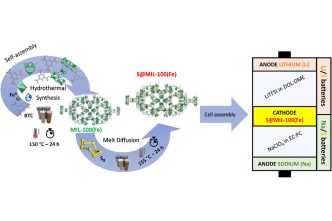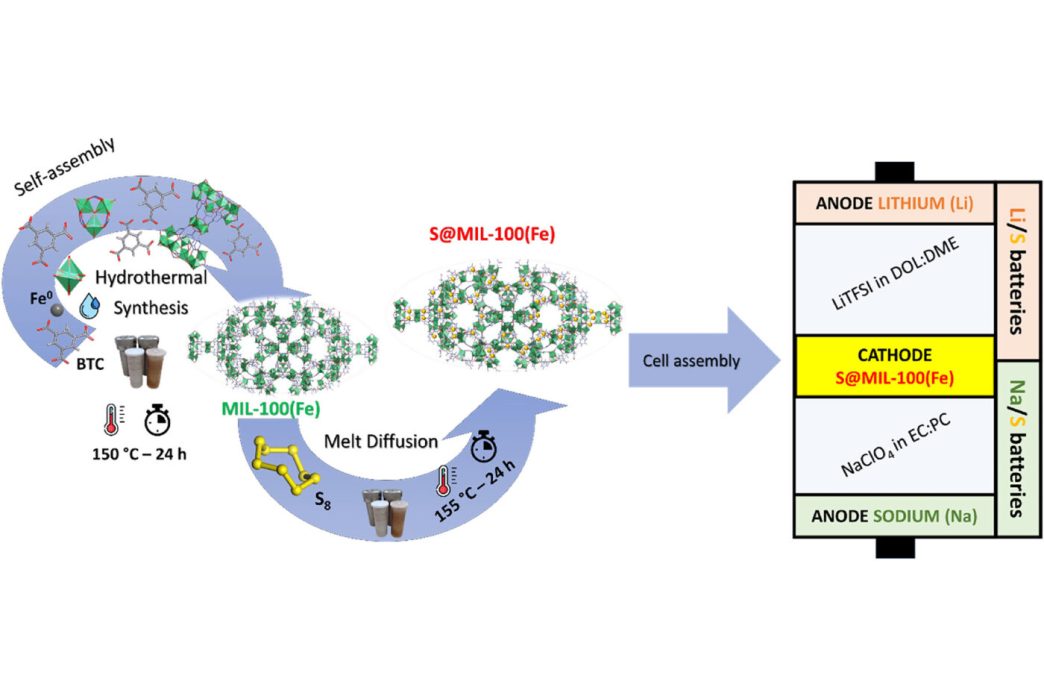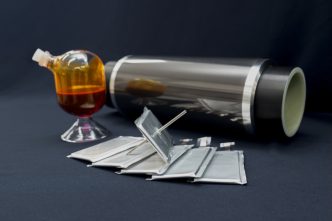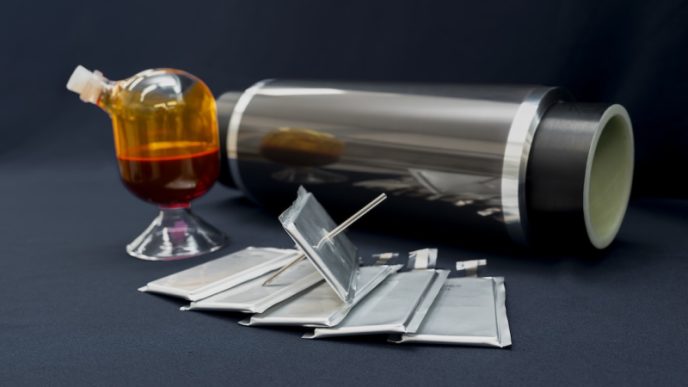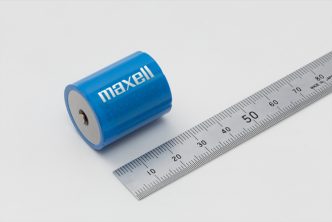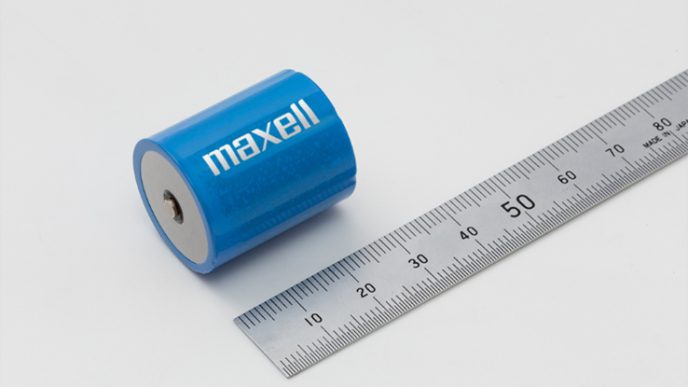Researchers at the University of Córdoba have made significant strides in battery technology by developing a sodium-sulphur battery that can be charged and discharged more than 2,000 times.
The new design replaces toxic metals in the cathode with sulphur and swaps lithium for sodium in the anode, addressing key environmental and resource concerns associated with traditional lithium-ion batteries (LIBs).
While sodium-sulphur batteries have existed before, they typically required high operating temperatures of around 300 degrees Celsius. The University of Córdoba team achieved a breakthrough by enabling the battery to function at room temperature.
This advancement promises a longer lifespan and the use of more readily available materials, offering a sustainable alternative to LIBs.
A key challenge in developing sodium-sulphur batteries has been the larger size of sodium atoms compared to lithium, which complicates their movement during charging and discharging.
The research team overcame this issue by incorporating a metal-organic framework (MOF) based on iron into the cathode. This porous structure, combined with the properties of iron, allowed the battery to undergo over 2,000 charge cycles in laboratory tests.
Although further development is needed to improve the battery’s charging speed, this innovation marks a significant step toward a more sustainable and durable battery solution. The research, conducted in collaboration with the National University of San Luis in Argentina, is part of a broader initiative to transition from lithium to sodium in sulphur batteries, funded by Spain’s Ministry of Science and Innovation.
Source: uco.es

